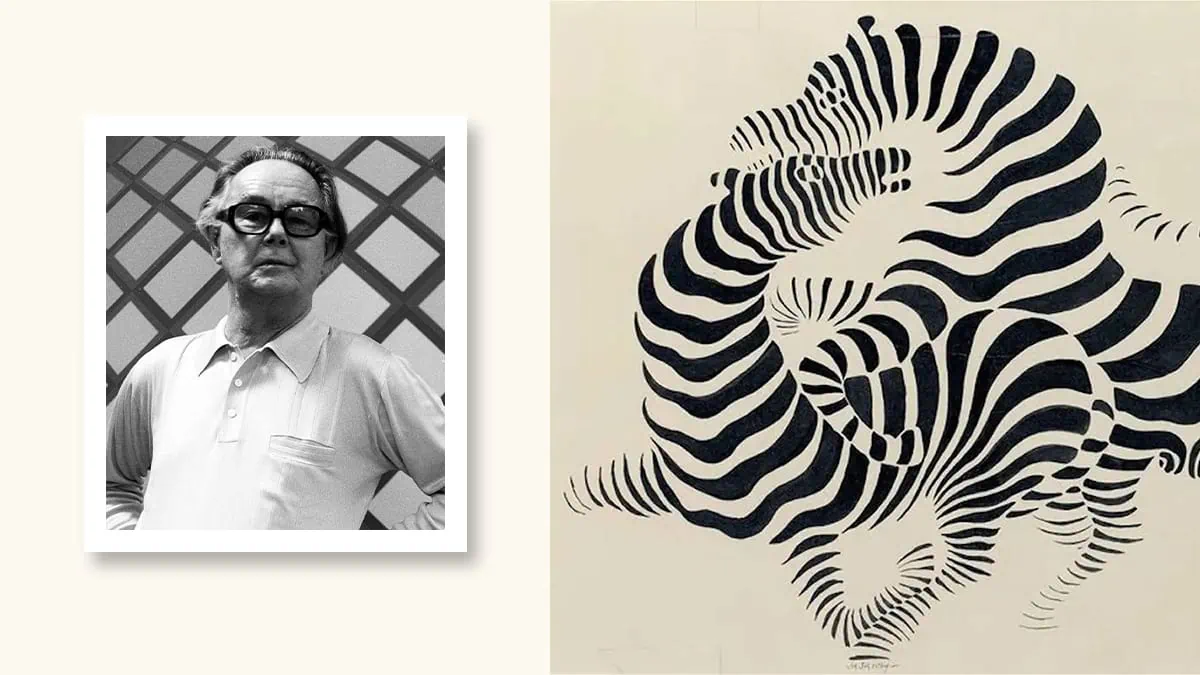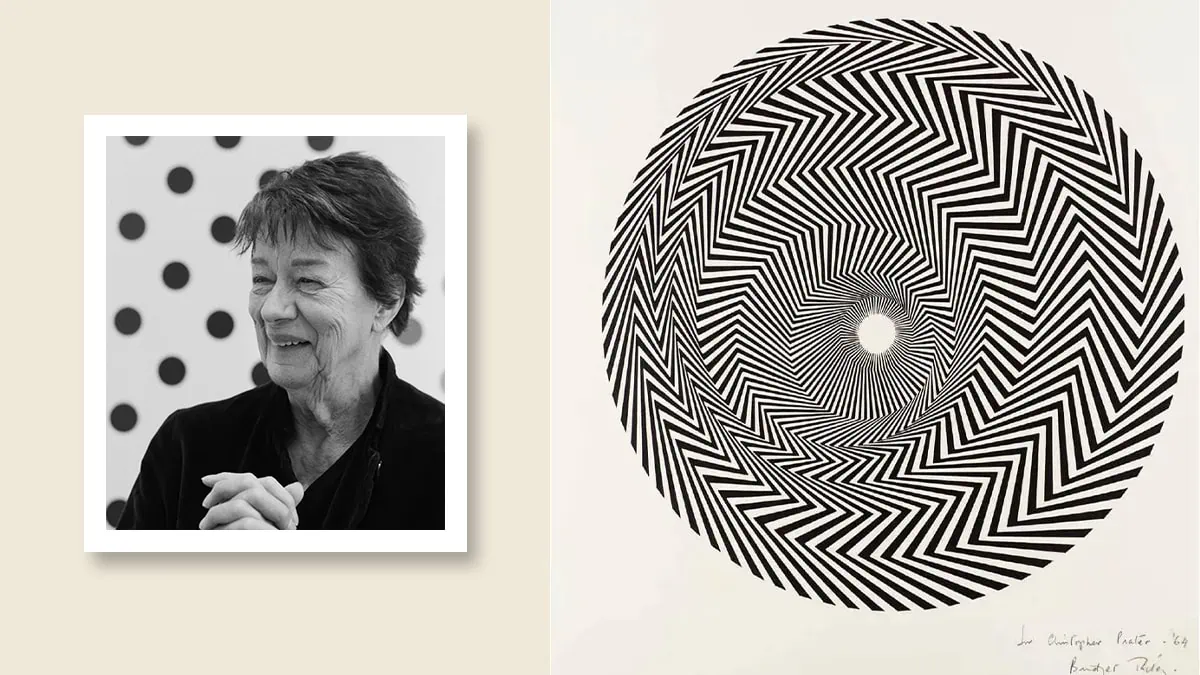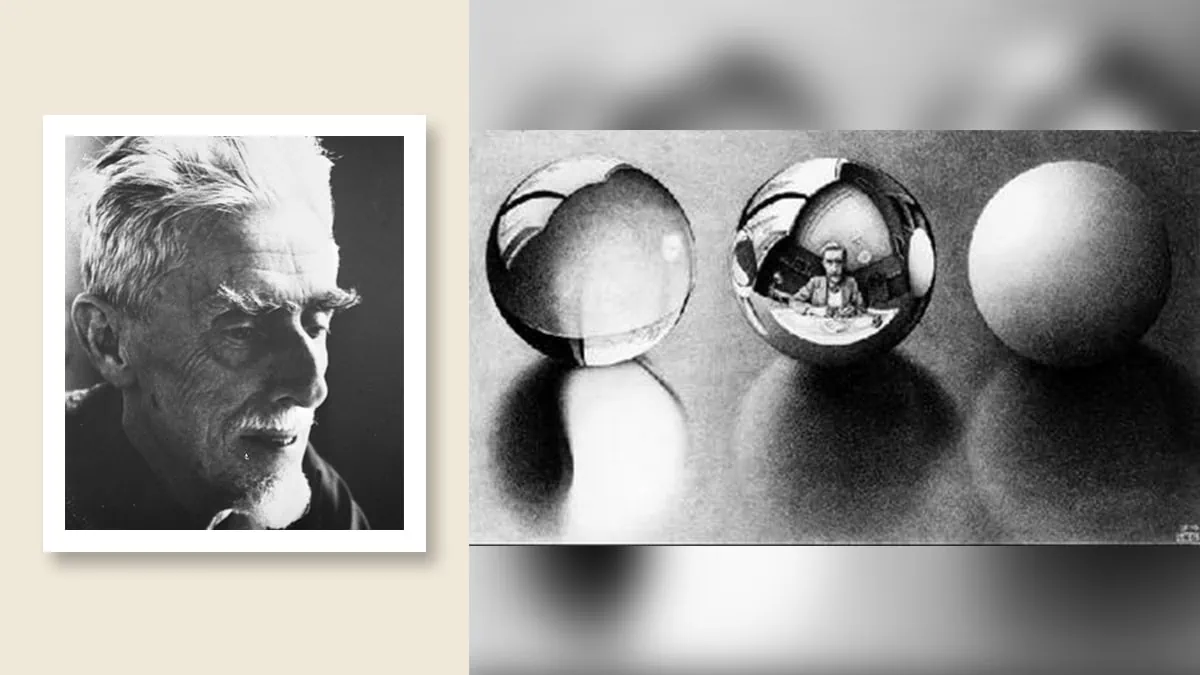What if I told you that art is not just meant to take you through the artist’s mind; it is also meant to trick you—sometimes to manipulate you without any harm!
Every piece of art ever made in history has either demonstrated scenes the artist was part of or come from his/her mind.
But there was one kind of art that didn’t exist to refresh memories or portray scenes from real life events.
It was purely made to confuse you and provide an experience you would never forget easily.
Yes, such a kind of art existed in the past, and I’m talking about illusionsim art, a.k.a. illusion art, that came into light in the early Renaissance and became a global phenomenon in the 19th century.
But how come an art form that is meant to deceive your eyes has gained love all across the world?
How exactly did illusionism art emerge in the 14th century, when the Renaissance was so prominent?

Whether you’re looking for illusionism art history, its types, or its features, you can find every aspect of illusionism in this blog; we’ve done thorough research on the subject by taking references from trusted websites.
(Read: Renaissance Facts)
Table of contents
What Exactly is Illusionism Art?
Illusionism is an effect produced in art to deceive the eye—to make people convinced that the main object, subject, or sculpture is moving.
We’re frivolous human beings. We may have evolved with time, but what we see is what we believe.
Illusionism art tricks our senses and makes us think that images appear lifelike and three-dimensional.
There are various ways through which artists can produce an illusionistic effect in their art, but commonly, they use perspective and foreshortening.
Brief History of Illusionism Art
Illusionism art is puzzling, playful, and deceptive. It is actually centuries old and was first found in Greece, Europe.
Although it was later discovered in various parts, including the Indian Subcontinent, especially at temples with impeccable designs.
According to archaeological and literary evidence, Greece was the first to demonstrate illusionism to the fullest.
(Also Read: Ancient Greek Paintings)
Illusionism in Greek Wall Art
If you look at the works of the Greek philosopher Aristotle, you’ll see the concept of illusionism mentioned several times, especially in his book Parva Naturalia.

There were many who tried to explain the concept of illusionist art, but none did better than Aristotle, who spat facts and shook the viewers.
According to him, illusionism is not what we see; it is how we see.
Ancient Greek temples, during the 5th century BC, used to have slanted roofs that seemed to appear curved to viewers when looked at from below.
Basically, an illusion was produced from the angle it was viewed, which resulted in several thinkers putting forward their theories and observations.
Aristotle was one of them; he was the one who observed optical illusions due to three circumstances, including waterfall illusion, afterimages, and Aristotle’s illusion
Protagoras, another Greek philosopher, showed interest in it and explained the nature of optical illusion, about which he said that it’d occur when you’d view an object or subject from a specific environment or viewing angle.
Greece may have been known as the heritage of illusionism art, but India will always be remembered for its magnificent temple, the Airavatesvara Temple, which evidently shows illusionism.
Illusionism in Indian Subcontinent

Made some 850-900 years ago, during the Chola Dynasty, the Airavatesvara Temple, captured many philosophers, archaeologists, and researchers’ attention, who primarily focused on illusionism.
The stone art in the temple shows two separate bodies with the same head; a bull on the left and an elephant on the other side.
The bull is apparently called Nandi, which, according to Hindu mythology, was a vehicle for Hindu god Shiva, whereas the elephant was the Airavata, the vehicle for Indra, the king of heaven.

Illusionism has existed for centuries in different parts of the world, and one could easily guess that it occurred because of those who had faith in certain practices and religious lessons.
Illusion Art in Renaissance & Post-Renaissance Periods
Illusion style art, which was more often seen in cave and mural paintings, pivoted to canvas paintings at the beginning of the 13th century.
Filippo Brunelleschi’s innovations, with regards to perspectives and proportions, created a room for illusion art techniques.
Popular works of Filippo’s inspired others and enabled them to be a significant part of the development of illusionism art.
It allowed all types of artists from the Renaissance, whether they were architects, sculptors, or painters, to experiment with space and depth.
With each move and perhaps persistence in improving the craft, artists became capable of producing realistic art.
Trompe l’Oeil, a product of the process, flourished in record time, which is a French word meaning to “deceive an eye.”.

Which promotes producing three-dimensional art on a flat surface, which was adapted and implemented brilliantly by Renaissance artists.
This art technique matured in the Renaissance and later became prominent in various art movements.
From Baroque to Surrealism, from Andrea Pozzo to Salvador Dalí, most renowned artists considered the concept of illusion art and incorporated it into their works.
Walls, ceilings, and even canvas paintings entailing illusion art techniques became widely known and remained conservative until the 1960s Op art movement.
Widely known to deceive the eye, the Optical art movement was none other than another yet advanced version of the abstract and expressionist movements.
Which was more inclined toward precision, mathematics, stark contrast, and abstract shapes.
Aspiring painters began showing interest in it, which led to a surge of art events and exhibitions, which held a stage for optical artists to showcase their works, which had their roots in ancient Greek mural art.
Many Renaissance artists supported illusionist art, which later received push from others from different art periods. But it saw a boom in the mid 20th century, when technology became accessible to most artists.
Also, there was the rise of modern art, which never discriminated against anyone and embraced unconventional art styles.
With time, with persistence, and with glorious purpose, the Op art movement came to the surface, which enlightened many artists who made big in their lives, who we’re going to talk about in the next section.
Famous Illusionist Artists and Their Works
The 1960s optical art movement built a stage for many geniuses who brought this technique to another level.
Not only did they shape the movement for its betterment, but they also emphasized foreshortening, making the illusion in the art concept a global-hit phenomenon.
Here I present four talented and prolific painters/artists who, with the aid of advanced technologies and traditional values, created world class pieces of illusionism art.
1. Victor Vasarely

Victor was a genius, a rare talent, and a significant contributor to the Op Art movement.
He made the world’s most popular pieces of illusionism art when he was in Paris in 1930 and 1940.
Being a talented commercial designer, Victor has never ever been complacent or lazy and sought opportunities to learn new techniques, which he did and continued to do till the last decade of his life.
The master of Op art would highlight modern concern by playing with reality and virtuality in art.
Best Works: Zebra (1937) and Sophia (1954)
2. Bridget Riley

Bridget, the stalwart of the Optical art movement, conceptualized various vibrant and playful pieces of art.
Her art is characterized by geometric shapes, high contrast, and black and white shapes.
Which made her composition look more abstract, although she was not seen as a revered abstract female artist.
Cementing a position at the pinnacle of the Op Art movement, Bridget surprisingly drew inspiration from centuries of old art, including “Diana and Actaeon” by Titian and “Dedham Vale” by John Constable, 1828.
Best Works: Descending (1965)
3. Salvador Dali

Who doesn’t know Salvador Dali? He was a famous Spanish painter, specifically known for his bizarre compositions.
A crazy and die-hard fan of duplicity and illusionism, Salvador would complexify a simple image to produce different interpretations.
Which would often leave its viewers in awe and make them curious about the existence of dual elements in a single artwork.
His inspiration was his deceased brother, who was precocious and shared the same name, and who died at the very young age of five.
Best Works: Mysterious Mouth Appearing in the Back of My Nurse (1941) and The Image Disappears (1938)
4. M.C. Escher

M.C. Escher was the most celebrated optical illusionism painter and was also a contemporary of René Magritte and Norman Rockwell.
He had a prolific artistic journey and never failed to captivate his viewers’ attention. Repetition and patterns in art are what he was keen on, which he’d apply to his composition.
Traveling from one place to another, Escher often drew his artistic inspiration from those who used to organize exhibitions and shared opposite political beliefs.
Best Works: Bird Fish (1938), Three Spheres II (1946), and Eye (1946)
Final Note
Illusionism art tricks the world but is undoubtedly the artist’s finest creation.
Only a skilled and experienced artist could do that, as it required a great deal of knowledge about patterns, repetition, and the foreshortening of art.
Of course, a painter must know which brushstrokes, colors, or canvas needs to be used to create illusionism art, but knowing the aforementioned art concepts lets them add depth and meaning to the composition.
It was Salvador Dali, M.C. Esher, Bridget Riley, Victor Vasarely, and some others who flawlessly incorporated these art principles and produced works with lasting effects.
Illusionism in art was seen in different eras, but when the Optical art movement came into existence, it got its due attention; this phase navigated many people’s eyes on illusionism and its core principles and values.
Illusionism, which appeared like a wave in the late 20th century, also faced heavy criticism. Despite everything, it survived and continued to captivate others.
Well, it’s a tricky concept that will continue existing perhaps forever; it will never die because it was never born.🙂
Frequently Asked Questions
Illusionism is an effect produced in art to deceive the eye—to make people convinced that the main object, subject, or sculpture is moving.
The Airavatesvara Temple, made in the Chola dynasty, demonstrates the illusionist art concept.
It is a concept that shows an image in the most realistic way, exuding illusionistic characteristics.
Victor Vasarely, Bridget Riley, and M.C. Escher were the most prolific and talented optical illusionists.





